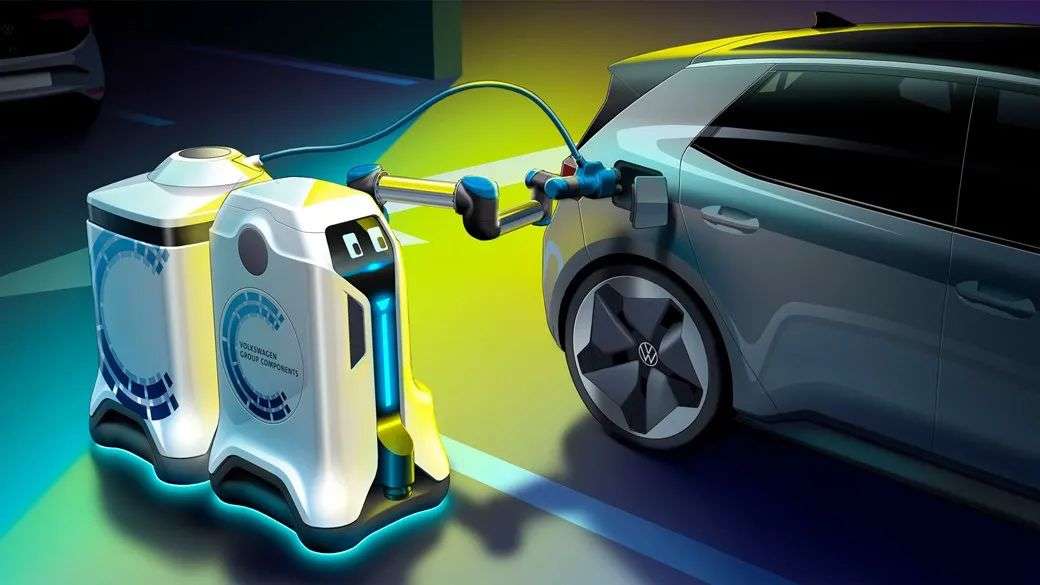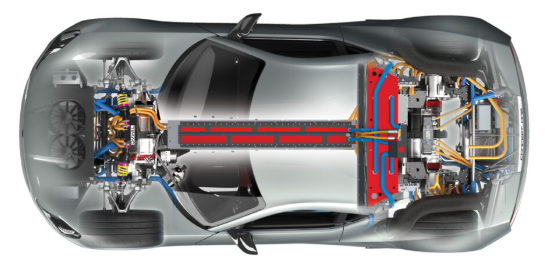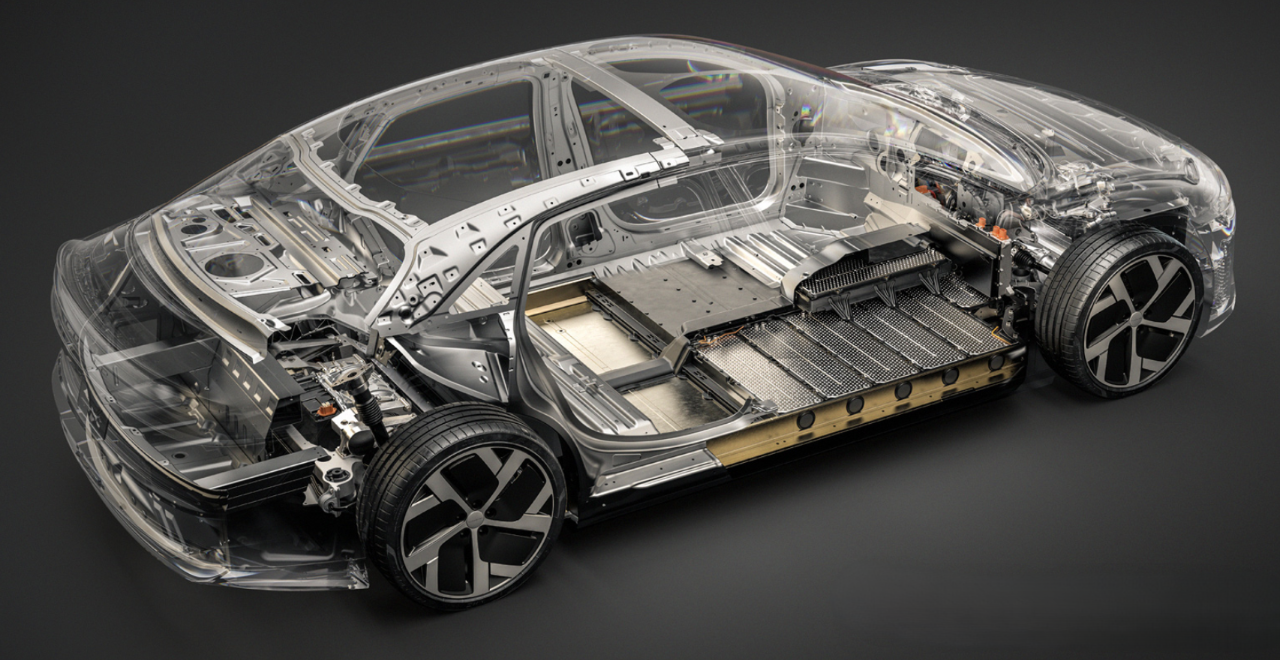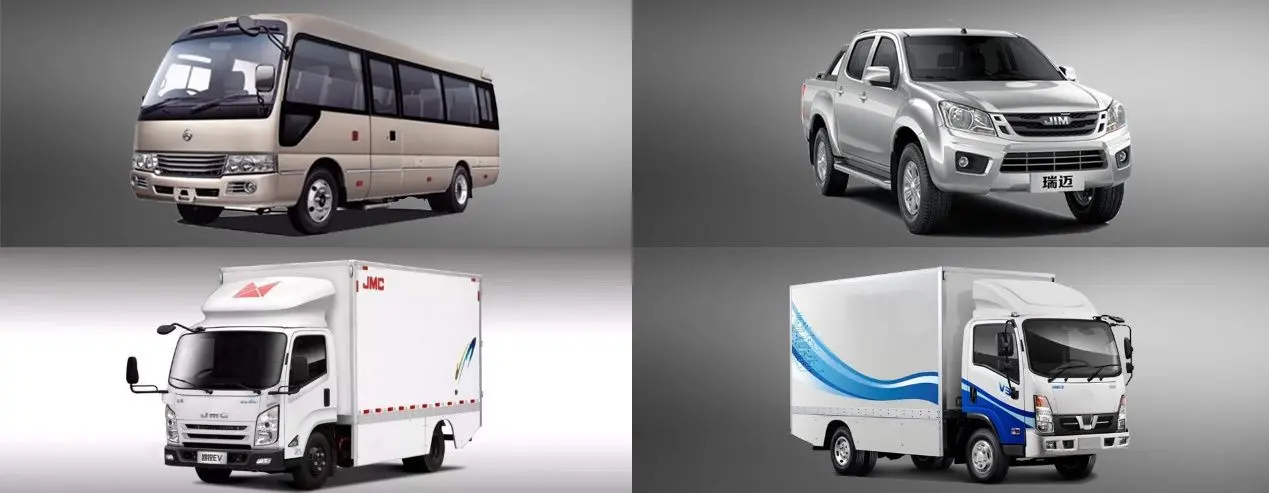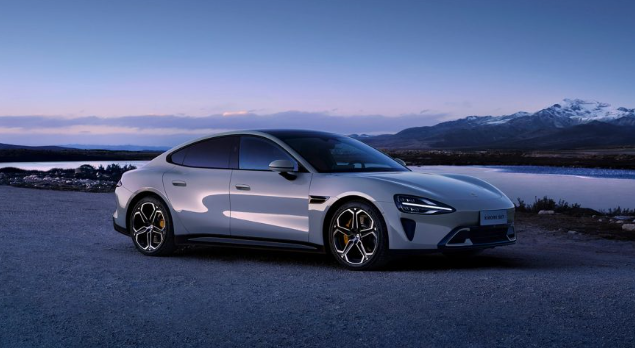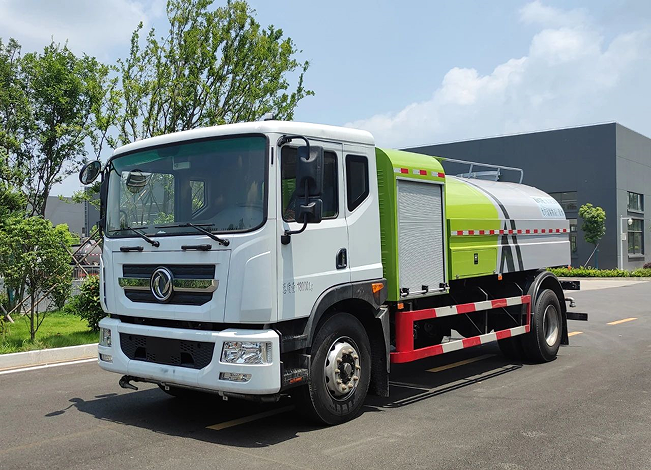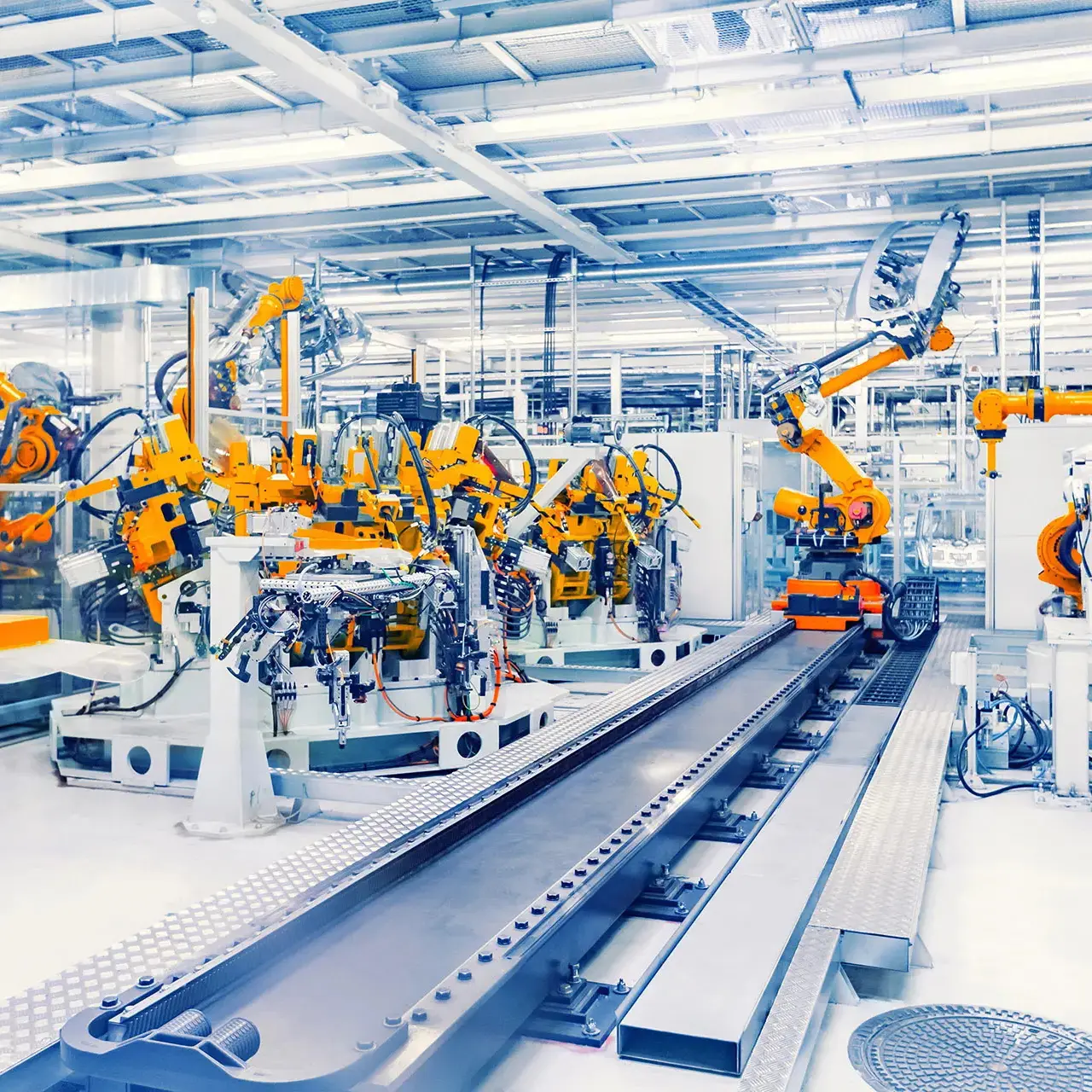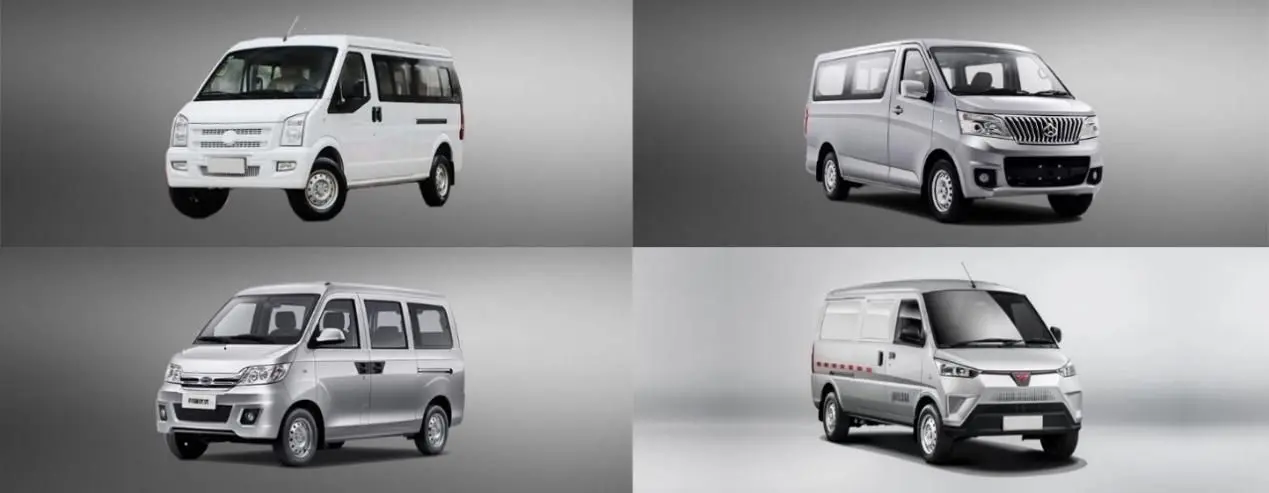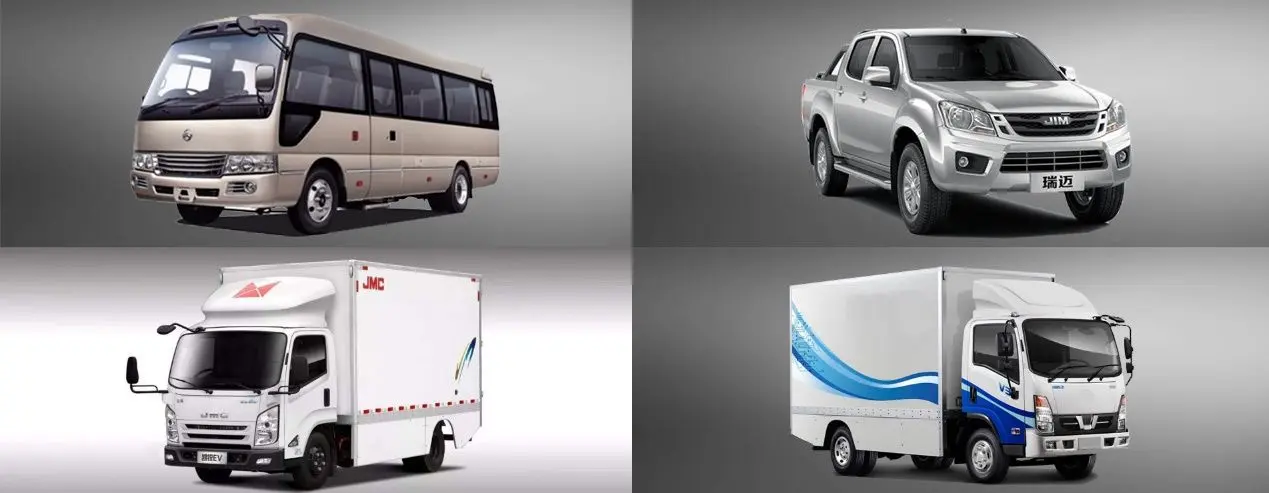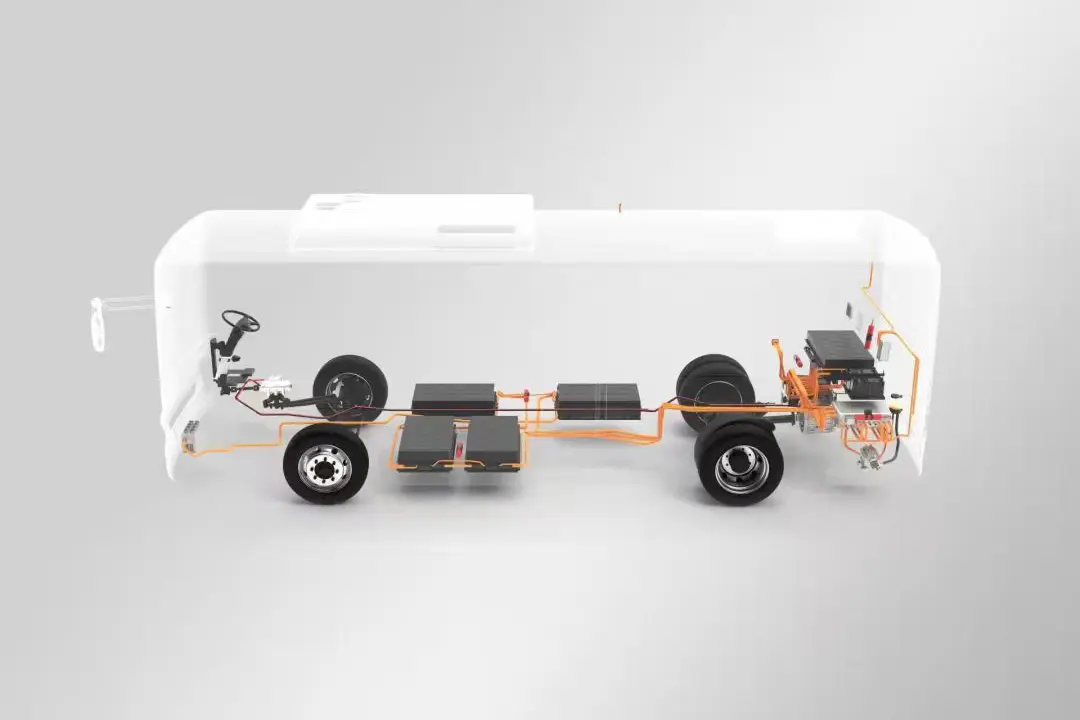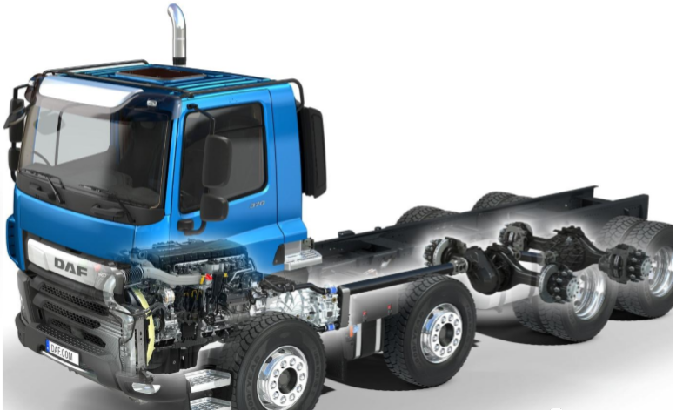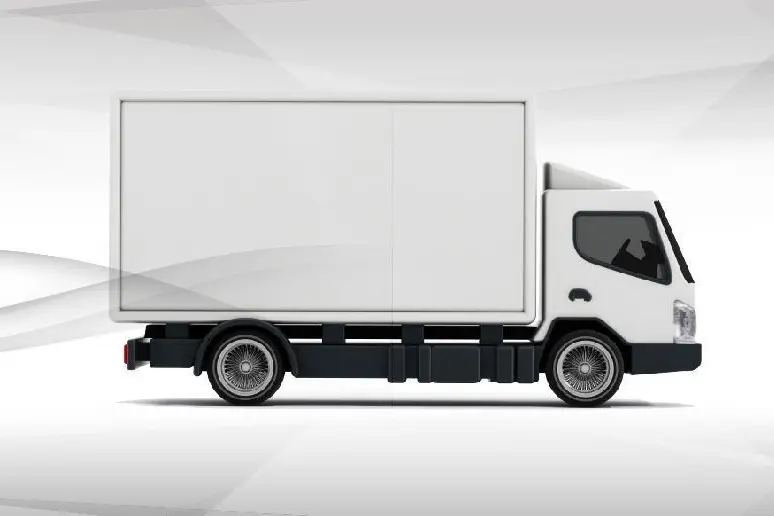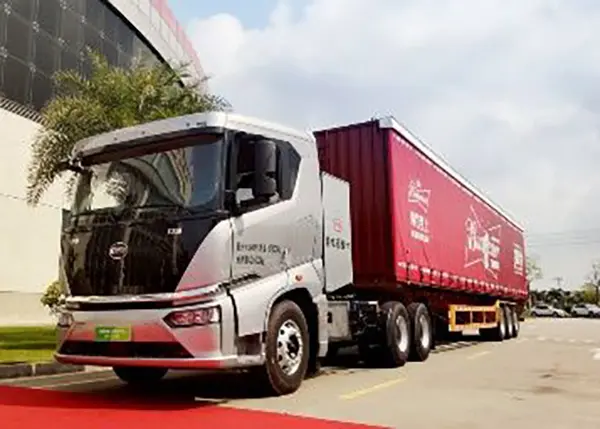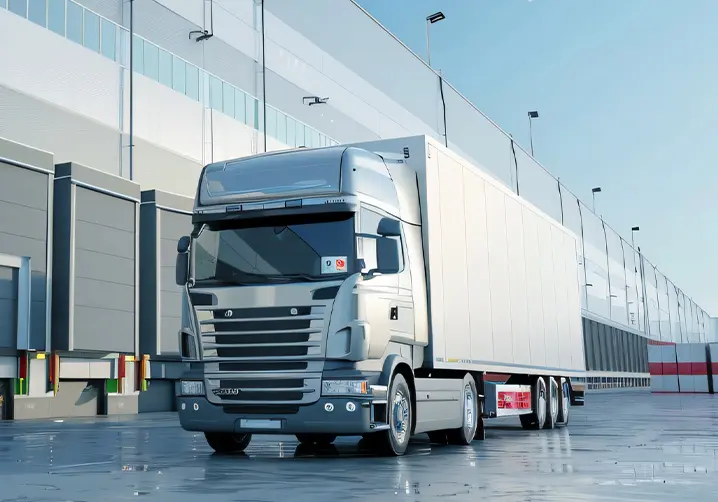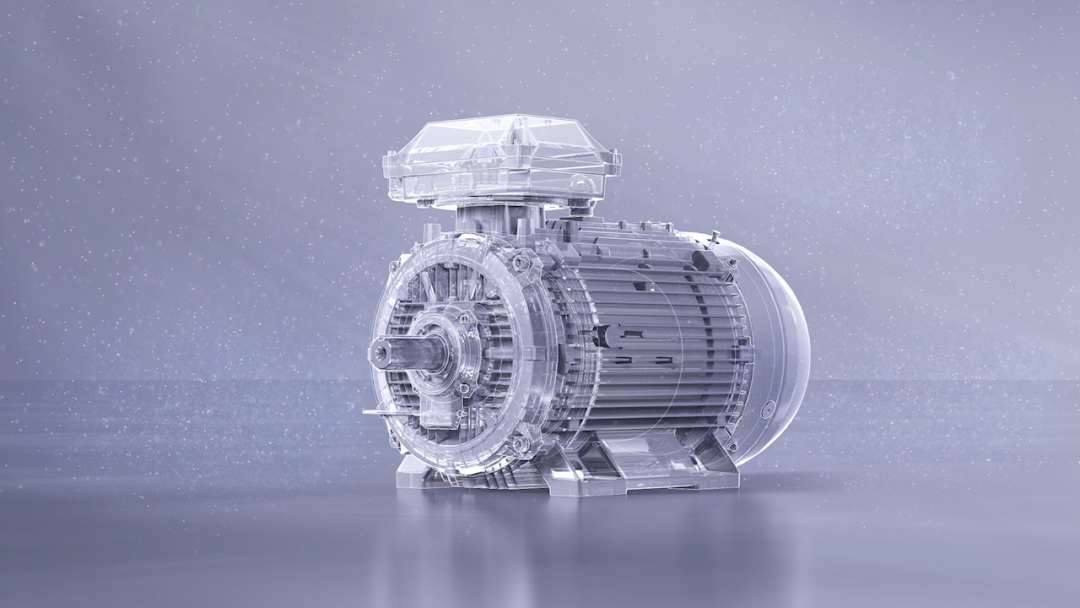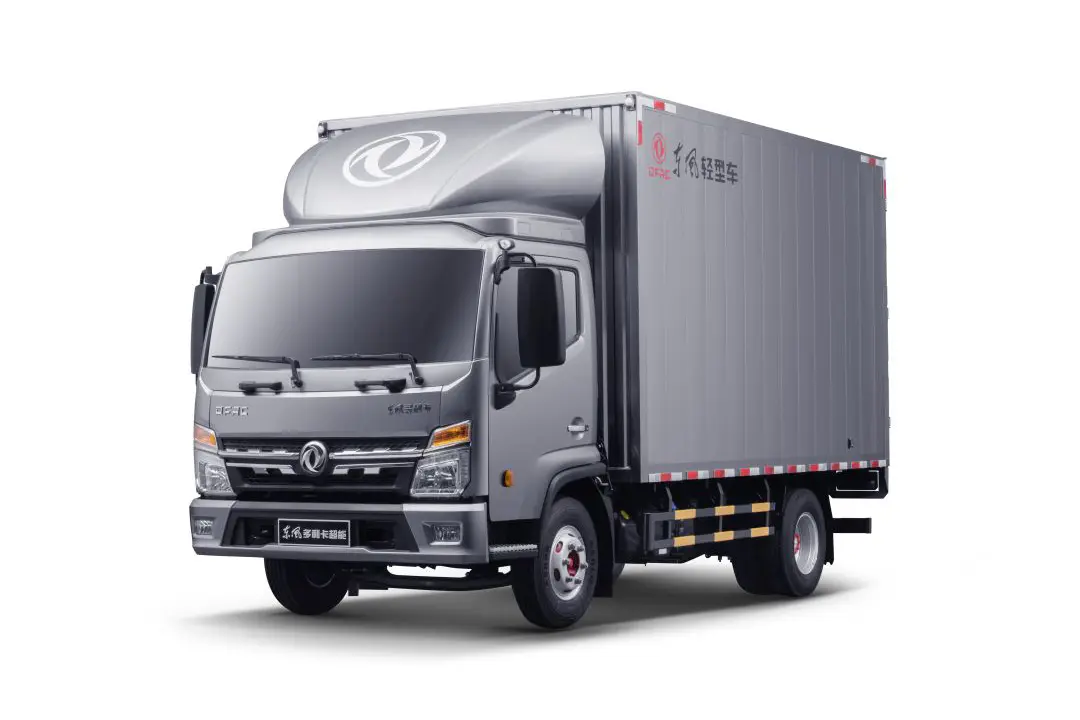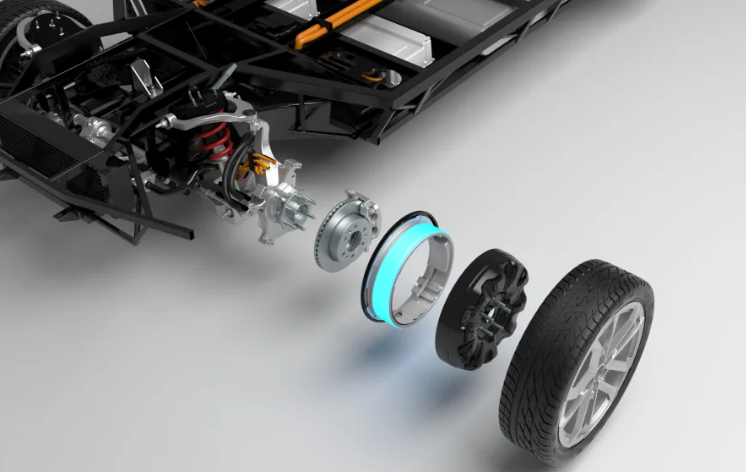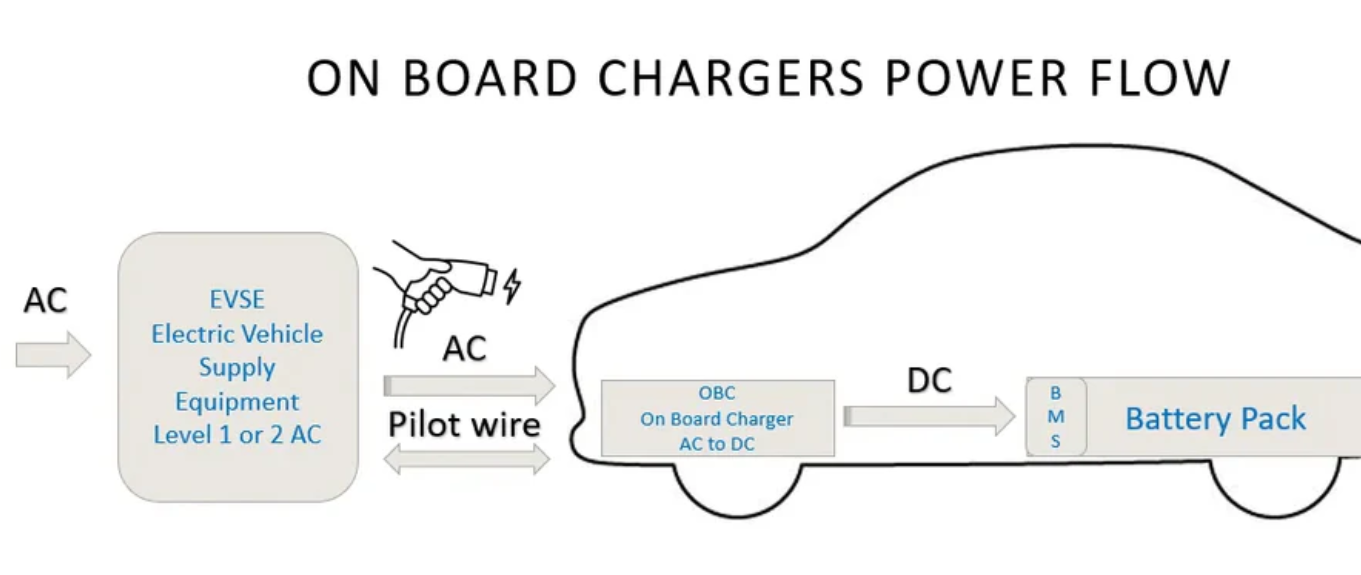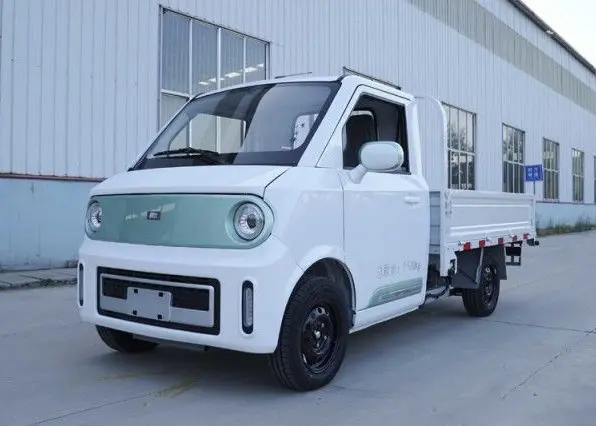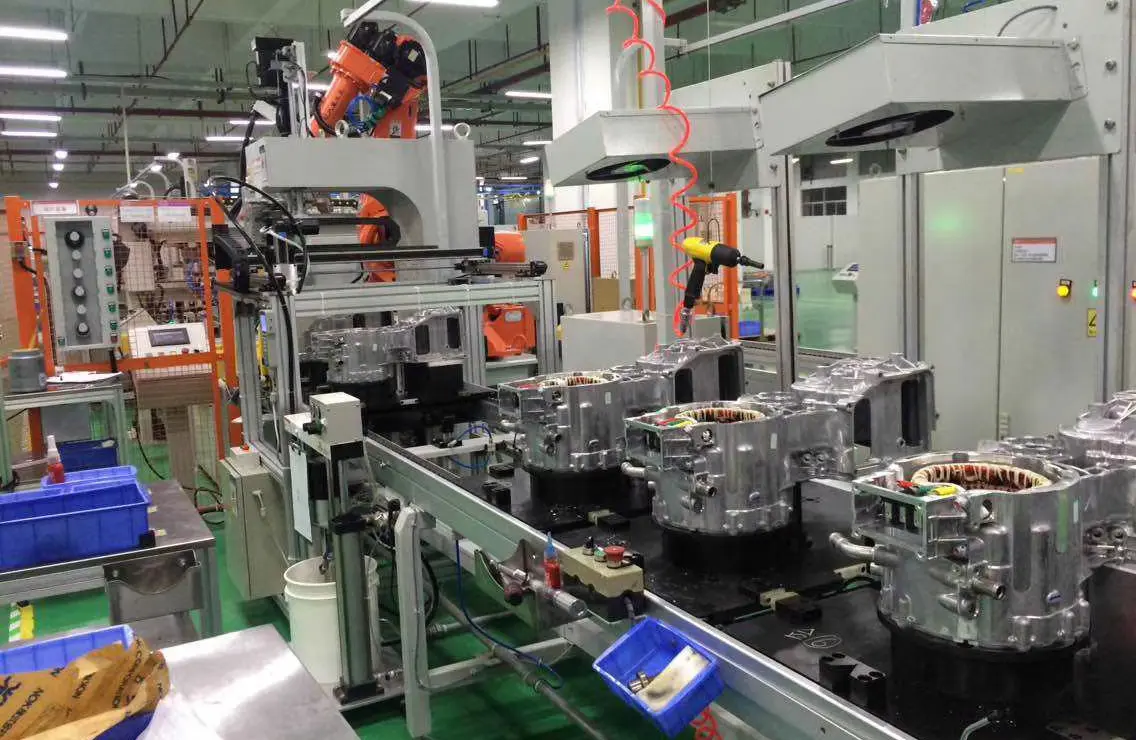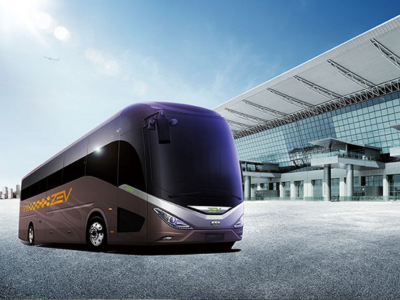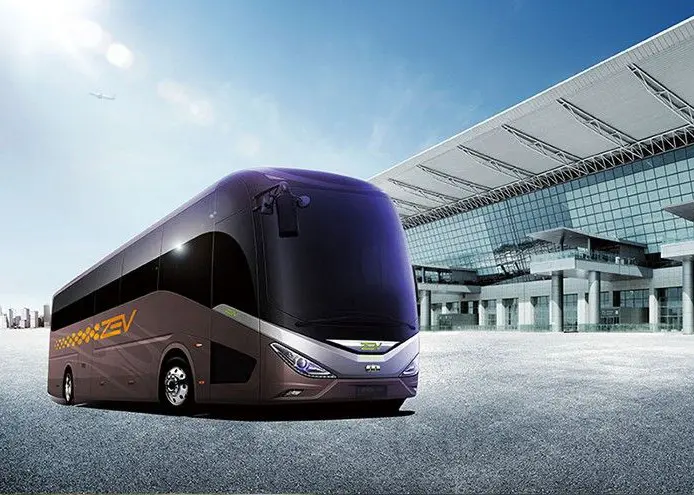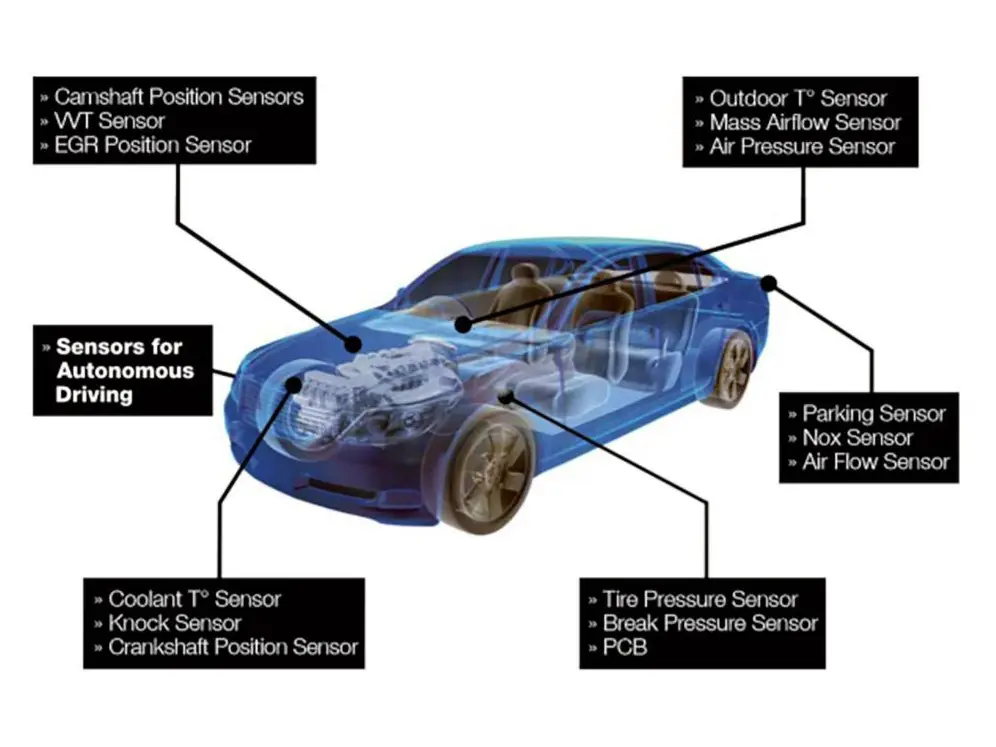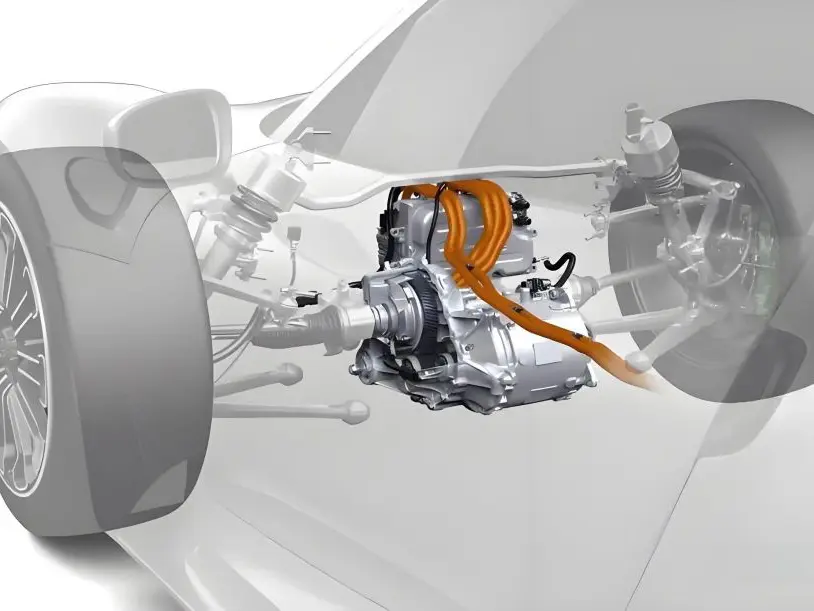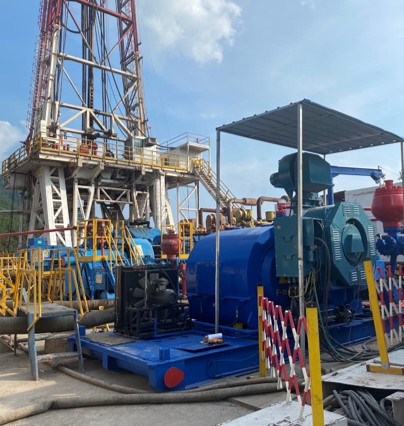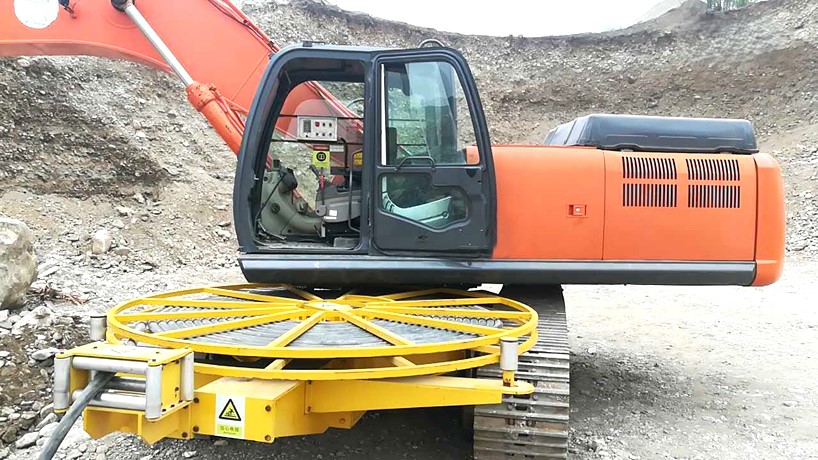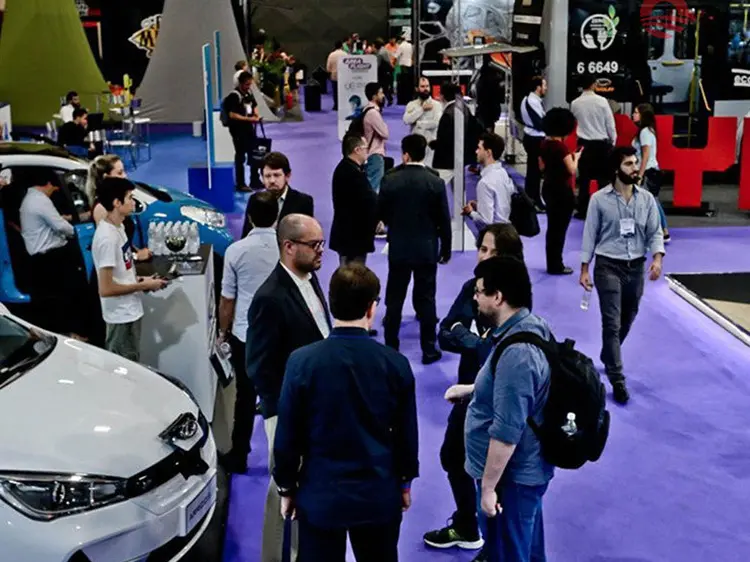Convert Gas Car to Hybrid: A Step-by-Step Guide
With rising fuel prices and growing concerns about climate change, many car owners are exploring ways to make their vehicles more eco-friendly. The trend to convert petrol car to hybrid is growing as more people prioritize eco-friendly transportation options. Convert gas car to hybrid offers an effective solution. This detailed guide will walk you through the entire process, including why you should consider this conversion, how to do it, and the potential benefits and challenges.
Why Convert Petrol Car to Hybrid?
Environmental Benefits
Traditional gas-powered vehicles are among the leading sources of greenhouse gas emissions, contributing significantly to climate change and air pollution. By convert gas car to hybrid, you can take a proactive step in reducing its carbon footprint. Hybrid cars rely on electric power to supplement fuel consumption, allowing the vehicle to produce fewer harmful emissions. This is particularly impactful in urban areas where vehicle pollution is a major concern, contributing to smog and respiratory health issues. For individuals dedicated to sustainable living and environmental stewardship, transitioning to a hybrid system represents a tangible way to make a difference. Additionally, hybrid cars can reduce dependency on fossil fuels, supporting a global shift toward cleaner energy solutions. Many eco-conscious drivers are choosing to convert petrol car to hybrid to reduce fuel consumption and lower emissions.
Cost Savings
Although convert petrol car to hybrid requires an upfront investment, the long-term savings are compelling. Hybrid motor cars are designed to maximize fuel efficiency, enabling drivers to cover greater distances on less fuel. This leads to noticeable reductions in fuel bills and fewer trips to the gas station. For example, a hybrid system that improves fuel efficiency by 30–50% can save hundreds of dollars annually. Furthermore, many governments and local authorities offer financial incentives such as tax rebates, grants, or reduced registration fees for hybrid conversions, which can help offset the initial costs. These savings, combined with lower fuel consumption, make hybrid conversion a financially smart choice over time.
Increased Vehicle Longevity
A hybrid system not only improves fuel efficiency but also reduces the workload on the internal combustion engine (ICE). The electric motor handles energy-intensive tasks like acceleration, easing the strain on the engine. This results in less wear and tear, fewer maintenance issues, and extended intervals between oil changes. Over time, the reduced engine stress can prolong the life of your vehicle, making it a more reliable and cost-effective mode of transportation.
Understanding Hybrid Conversion
Convert gas car to hybrid involves integrating an electric motor and a rechargeable battery alongside the internal combustion engine (ICE). This combination creates a hybrid system that leverages the strengths of both power sources to improve fuel efficiency and reduce emissions. The electric motor supports the ICE during energy-intensive operations like acceleration, allowing the engine to operate more efficiently and consume less fuel.
How Hybrid Systems Work
1. Dual Power Sources
Hybrid vehicles use two power sources: the ICE and an electric motor. The ICE provides power for high-speed driving, where consistent output is required, while the electric motor takes over during low-speed travel, idling, or when an extra boost of power is necessary. This dual system ensures efficient energy usage tailored to driving conditions.
2. Regenerative Braking
One of the most innovative features of hybrid systems is regenerative braking. When the driver applies the brakes, kinetic energy that would otherwise be lost as heat is captured and converted into electricity. This energy is then stored in the battery, enhancing the vehicle’s overall efficiency and reducing reliance on external charging.
3. Seamless Switching
Modern hybrid systems are designed for ease of use. They automatically transition between the ICE and electric motor based on driving conditions, ensuring optimal performance and fuel economy without requiring any action from the driver.
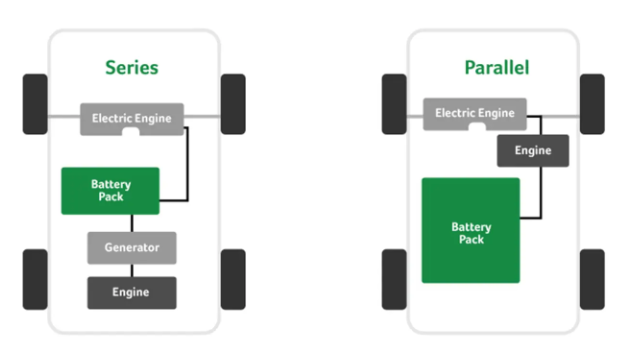
Step 1: Evaluate Your Car
Before embarking on the conversion, you must assess whether your car is suitable for hybridization.
Key Considerations
- Age and Condition: Older cars or those in poor condition may not handle the added components effectively. The conversion process also requires a structurally sound vehicle.
- Engine Compatibility: Not all engines are suitable for hybrid conversion. Research whether your car model has conversion kits available and ensure that the ICE is in good working order.
- Space Requirements: Hybrid systems require additional components like a battery pack and electric motor. Check your car for sufficient space in the engine bay, under the chassis, or in the trunk.
Step 2: Choose a Hybrid Conversion Kit
The success of your conversion depends heavily on selecting the right kit.
Types of Hybrid Kits
- Mild Hybrid Kits: These systems supplement the ICE but do not allow for all-electric driving. They are generally more affordable and easier to install.
- Full Hybrid Kits: These systems enable electric-only operation for short distances. They are more expensive but offer greater fuel savings and lower emissions.
Features to Look For
- Battery Type: Lithium-ion batteries are the most common choice due to their lightweight design, high energy density, and long lifespan.
- Ease of Installation: Kits with detailed instructions and plug-and-play components are ideal for DIY enthusiasts.
- Warranty and Support: A good warranty and customer support ensure peace of mind during and after the conversion process.
Step 3: Gather Tools and Equipment
Proper preparation is essential for a smooth conversion. Below is a checklist of tools and equipment you’ll need:
Basic Tools
- Wrenches and screwdrivers of various sizes.
- Jack stands or a car lift to access the underside of the vehicle.
- Safety gloves and goggles to protect yourself during installation.
Specialized Equipment
- Wiring Harnesses: These are essential for connecting the battery, motor, and control unit.
- Multimeter: Use this to test electrical connections and ensure the system is working correctly.
- Mounting Brackets: Secure the electric motor and battery pack in place.
Step 4: Install the Electric Motor
The electric motor is the core of the hybrid system. Its installation requires precision and care.
Steps to Install
- Positioning: The motor must be installed where it can integrate with the drivetrain, often next to the transmission.
- Securing the Motor: Use mounting brackets to fix the motor securely to the vehicle frame. Ensure there’s no movement or vibration during operation.
- Connecting the Drivetrain: Link the motor to the transmission or axle using a coupling mechanism. This ensures the electric motor can assist in powering the wheels.
Step 5: Install the Battery Pack
The battery pack stores energy to power the electric motor.
Steps to Install
- Choosing a Location: Common locations include the trunk, under the rear seats, or beneath the vehicle. Ensure the chosen spot is well-ventilated and secure.
- Mounting the Battery: Use brackets and clamps to prevent the battery from shifting during movement.
- Wiring Connections: Follow the kit’s wiring diagram to connect the battery to the electric motor and control unit. Ensure all connections are secure and insulated.
Step 6: Upgrade the Electrical System
Hybrid systems require significant electrical modifications.
Key Upgrades
- Wiring Harness: Install the wiring harness to connect all hybrid components. Label wires to avoid confusion during installation.
- Control Unit: This unit manages the hybrid system’s operations, ensuring smooth transitions between electric and fuel power.
- Testing: Use a multimeter to check for continuity and voltage at all connections. This step is critical to avoid malfunctions or electrical hazards.
Step 7: Fine-Tune the Vehicle
After installing all components, fine-tuning ensures the hybrid system operates efficiently.
Steps to Fine-Tune
- Software Calibration: Some kits come with software to configure the hybrid system for optimal performance. Follow the instructions to calibrate.
- Diagnostic Tests: Run diagnostic tools to identify and resolve any issues in the system.
- Test Drive: Take the car for a short drive to test the hybrid functionality. Monitor performance and make adjustments as needed.
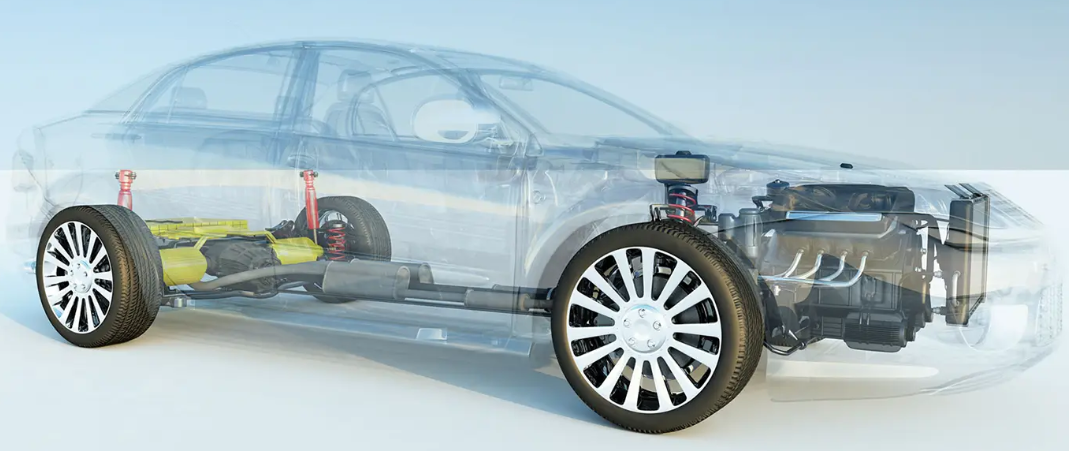
Costs Involved
Initial Investment
- Conversion Kit: $3,000–$10,000 depending on the type and brand.
- Professional Labor: If hiring a mechanic, expect to pay $1,000–$5,000.
- Additional Tools: Miscellaneous tools and materials may add another $500–$1,000.
Long-Term Savings
- Fuel efficiency can improve by up to 50%, leading to substantial savings over time.
- Reduced maintenance costs due to decreased engine strain.
Benefits of Convert Petrol Car to Hybrid
1. Fuel Efficiency
One of the most immediate benefits of convert gas car to hybrid is the substantial improvement in fuel efficiency. Hybrid systems allow the electric motor to handle low-speed travel and energy-intensive tasks like acceleration, reducing the strain on the internal combustion engine (ICE). This means less fuel consumption and significant savings over time, especially for drivers with long commutes or frequent stop-and-go traffic. When you convert petrol car to hybrid, you can enjoy the benefits of improved fuel efficiency and reduced environmental impact.
2. Lower Emissions
Hybrid vehicles produce fewer greenhouse gas emissions compared to traditional gas-powered cars. By relying on electric power for part of their operation, hybrids help reduce air pollutants and contribute to cleaner, healthier environments. This makes hybrid conversion a practical choice for eco-conscious individuals looking to minimize their carbon footprint.
3. Improved Resale Value
As demand for eco-friendly vehicles grows, converted hybrids are becoming more attractive to potential buyers. Many eco-conscious consumers are willing to pay a premium for vehicles with lower environmental impact, making a hybrid conversion an investment that could increase the resale value of your car.
Challenges to Consider
1. High Upfront Costs
Convert petrol car to hybrid involves a significant initial investment, which can deter some car owners. The cost of purchasing and installing the necessary components—such as an electric motor, battery pack, and control systems—can be substantial. While long-term fuel savings and potential tax incentives help offset these expenses, the upfront financial commitment may be challenging for those on a tight budget.
2. Technical Expertise Required
Hybrid conversions are technically complex, requiring specialized knowledge and skills. DIY conversion is not recommended for beginners, as it involves intricate modifications to the vehicle’s drivetrain, electrical systems, and engine. Mistakes during installation could lead to inefficiencies or even safety hazards. Many car owners opt for professional help, but hiring experts adds to the overall cost of the project.
3. Limited Electric Range
Unlike factory-built hybrids or fully electric vehicles, most aftermarket conversions provide only limited all-electric driving capabilities. The electric motor is typically designed to assist the internal combustion engine rather than replace it entirely. This means the vehicle still relies heavily on fuel for longer trips or high-speed driving, which may not meet the expectations of those seeking extensive electric-only range.
Conclusion
Convert gas car to hybrid is a rewarding endeavor that benefits both the environment and your wallet. By following this comprehensive guide, you can successfully transform your vehicle into a more sustainable and efficient mode of transportation. Whether you choose to DIY or hire a professional, this project is a step toward a greener future.
So, are you ready to convert gas car to hybrid and join the growing community of eco-conscious drivers? Take the leap today!
Read More: The Ultimate Guide to Wheel Hub Electric Motor










